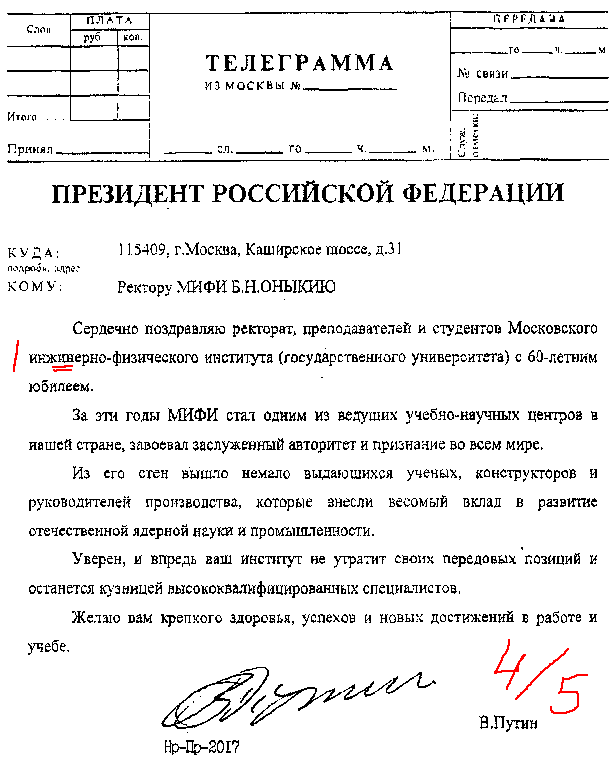Prikoljnie Pozdraviteljnie Telegrammi Na Yubilej
- 4 Comments!

Curricular Guidelines in Dental Hygienist Education The EFP has previously published its recommendations concerning undergraduate and specialist education in periodontology. The aim of this document is to give guidance to those authorities responsible for providing dental hygienist education in an effort to achieve uniformly high standards throughout those countries which are under the umbrella of the EFP. It is also intended to encourage the governments in those countries of the EFP where hygienist practice is not legal (currently Austria, Belgium, France, Greece and Turkey) to make legislation and set up training programmes for dental hygienists. These guidelines have been subject to extensive consultation amongst all the constituent national periodontal societies of the Federation, the International Dental Hygienist Federation, national dental hygienist societies and many of the training schools for dental hygienists in Europe. There has been a considerable uniformity of opinion which has enabled the EFP to propose a core curriculum which is supported by virtually all of those bodies. It is also able to include certain topics which are currently practised by hygienists in some European countries and receive wide support but because they are more controversial, it is appropriate that decisions on whether they be included should be made locally, according to national opinion.
It is not considered that the inclusion or exclusion of these items from the 'Recommended Curriculum' significantly dilutes the recommendations. The original model for these recommendations was the one prepared by the General Dental Council of the United Kingdom 'Curriculum for Dental Hygienists - Requirements for the Education and Training of Dental Hygienists', May 1997. • Cleaning and polishing teeth. • Supra- and subgingival scaling of the teeth. • The application to the teeth of prophylactic materials, for example fluoride solutions,and fissure sealants.
• The insertion of temporary fillings and of crowns which become dislodged during the course of the hygienist's treatment. • Collection of data, for example, medical and dental histories, plaque and periodontal indices. • Administer comprehensive advice on oral hygiene and the care of the mouth, according to patients' needs. • Dental radiography.
Jun 26, 2016 /isprika na lošoj kvaliteti zvuka/ /isprika na lošoj kvaliteti zvuka/ Skip navigation Sign in. This video is unavailable. Watch Queue Queue. Watch Queue Queue.
• Local analgesics (subject to local agreements and training). • Impressions (subject to local agreements and training). • Certain orthodontic duties such as the fitting and/or removal or bands/brackets, although not part of the work of a 'dental hygienist' are currently incorporated into the curriculum of dental hygienists in some European countries. Applicants for places on training courses should have had a good general education and good communication skills. The precise qualifications will vary from country to country but should include a biological science and be sufficiently high to indicate an ability to benefit from Higher Education. In most cases this will be equivalent to University entry standard. It is appreciated that a substantial number of applicants may come from a dental nursing background.

Due consideration should be given to dental nursing qualifications and experience in assessing eligibility for the course. The aim of dental hygienist courses is to develop individuals capable of unsupervised practice within dental teams, working to the prescription of dentists. The objectives of the course are: • To provide a sufficient body of knowledge and understanding to enable dental hygienists to undertake their prescribed work with care, safety and responsibility and to recognise the full scope of their remit. • To develop a professional attitude relating to the care of all types of patient and relating to the role of the dental hygienist in the dental team and the whole health care team.
To this end, courses of education and training should be designed to take into account the following principles: • The development of an understanding of health in relation to disease. • The integration of teaching of basic science with clinical science and practice.
• The association of training with other members of the dental team. • The need for continuing professional education and development. • The use of a broad range of educational methods. A full-time course should extend over a minimum period of two academic years. Where the course incorporates additional duties, such as those listed (h), (i) and (j) in 'Permitted Work' the course is likely to require more than two years. At least fifty percent of the course should be devoted to clinical dental practice.
Intervideo windvr free download - Intervideo iVideoToGo Platinum, and many more programs. Photo storage for 2019 Stay private and protected with the best Firefox security extensions Clean out. Lorem ipsum dolor sit amet, consectetur adipiscing elit. Vivamus leo ante, consectetur sit amet vulputate vel, dapibus sit amet lectus. Etiam varius dui eget lorem elementum eget mattis sapien interdum. Windows 7 free download full. Free download WinDVR and download free WinDVR 3.0 from afreeCodec.com. Windvr 3.0 download| windvr 3 free download for windows 7. Intervideo windvr 3 free. WinDVR Download. WinDVR is a software-only product that allows watching and recording videos on the user’s personal computer. It also features an option that enables previewing TV programs from a TV tuner source and encoding them into MPEG-2 video format in real-time. InterVideo WinDVD is downloadable for free. Intervideo windvr 6.1 for windows 7 - Best answers.